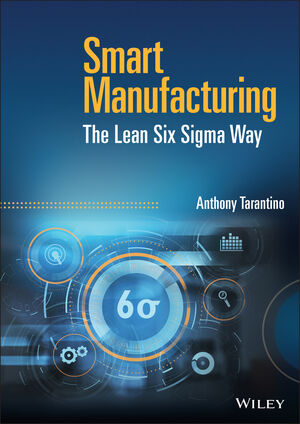OYSTER BAY, NY—Advances in machine learning technology will help propel sales of smart cameras for machine vision applications to 197 million units and a total value of $35 billion by 2027, according to global technology intelligence firm ABI Research.
“The shift from machines that can automate simple tasks to autonomous machines that can ‘see’ to optimize elements for extended periods will drive new levels of industrial innovation. This is the innovation that machine learning offers to machine vision. Machine learning can augment classic machine vision algorithms by employing the range and reach of neural network models, thus expanding machine vision far beyond visual inspection and quality control,” explains David Lobina, artificial intelligence and machine learning analyst at ABI Research.
Smart cameras, embedded sensors and powerful computers can bring machine learning analyses to every process step. Smart machine vision is already on the job in factories, warehouses and shipping centers, aiding and assisting human workers by handling mundane tasks, freeing workers to use their expertise to focus on essential processes. The market is also ripe for development in smart cities, smart healthcare, and smart transportation.
As in other cases of edge-based machine learning applications, the best way for the technology to advance is through a combination of hardware and software technology and employing information-rich data. In cases involving sensitive or private data, such as healthcare, a whole package should provide hardware (cameras, chips, etc.), software, and a way to analyze the data.
The “whole package” approach is perhaps not the most common example in the market. Still, vendors must be increasingly aware of how their offerings can mesh with other technology, often requiring hardware-agnostic software and software-agnostic data analysis.
“This is a crucial point in the case of smart cities, healthcare, and transportation, especially regarding what machine vision can achieve in all these settings. For edge vision, software and hardware vendors, as well as service providers, will start taking an expansive view of the sector,” Lobina says.







